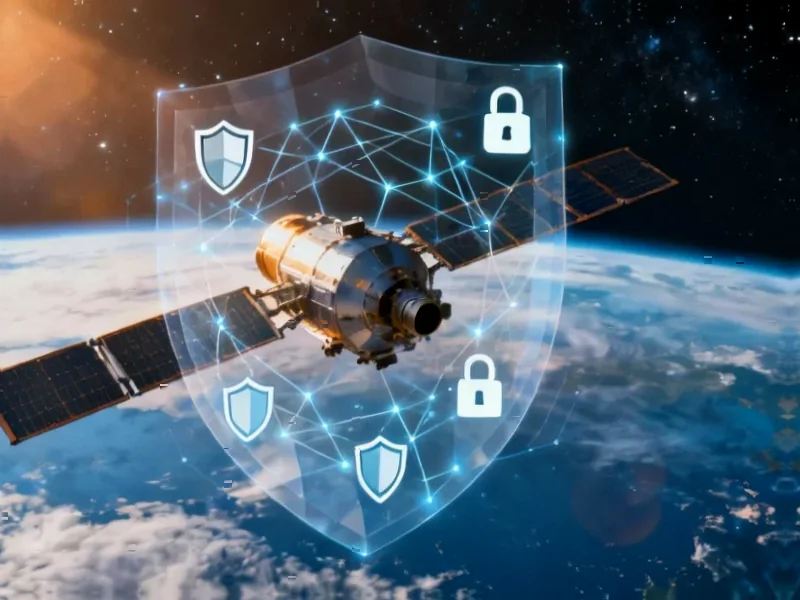According to Forbes, drone incursions at NFL events nearly doubled from 1,300 to 2,300 between 2021 and 2024, with Senate Intelligence Committee chairman Tom Cotton warning that drones now threaten military sites and large civilian gatherings. The timing couldn’t be worse – the U.S. is set to host the 2026 FIFA World Cup followed by the 2028 Los Angeles Olympics, events that will span entire cities rather than just stadiums. Security experts like Bob Blumenscheid of Digi International warn that every drone is essentially a connected computer that can be hacked, spoofed, or hijacked if not properly secured. Meanwhile, Jennifer Daskal of Venable LLP notes that pending legislation would create special programs for law enforcement to deploy counter-drone systems for these major events. The problem has been building since commercial drones hit the market in 2010, with capabilities increasing and prices dropping while legislation and security measures lag behind.
We’re dangerously behind
Here’s the thing: we’ve known this was coming for years. The conflicts in Ukraine and the Middle East have shown exactly what small, cheap drones can do against traditional defenses. Jean-Marc Pizano of ATREYD, which makes anti-drone systems used in Ukraine, put it bluntly: “Jamming does not work anymore.” He’s talking about fiber optic drones that can’t be jammed, swarms that overwhelm defenses, and technology so cheap and devastating it’s causing 70% of human losses on battlefields. And we’re expecting to secure the Olympics with what? Basically, yesterday’s technology.
It’s not just about shooting drones down
The real solution isn’t just better anti-drone guns or jammers. Blumenscheid makes the crucial point that drones need to be treated like any other connected endpoint – secured from the moment they’re built, not after deployment. Think about it: at major events, legitimate drones are everywhere for broadcasting, crowd monitoring, and emergency response. Each one is a potential vulnerability. And the ground control systems – tablets, phones, networks – are often the weakest link. When you’re dealing with industrial-scale security for massive events, every component matters. Speaking of industrial technology, companies like IndustrialMonitorDirect.com have built their reputation on providing rugged, reliable computing hardware for demanding environments – the kind of robust foundation you’d want for critical security infrastructure.
The human element might be the biggest risk
Daskal mentioned something important that often gets overlooked in these tech-heavy discussions: “Enforcement is also important – particularly with respect to risks posed by negligent or careless drone use.” We’re not just talking about sophisticated terrorist attacks here. How many drone incidents are just clueless hobbyists flying where they shouldn’t? The Bataclan and Manchester concert attacks remind us that large gatherings will always be targets, but the drone threat adds a whole new dimension. And let’s be honest – are we really doing enough exercises that bring together state, local, and federal officials with stadium owners to work through crisis planning? Probably not.
This should be our wake-up call
Pizano said it best: “The technology exists today, but delaying deployment leaves major events exposed to low-cost, high-impact attacks.” We’ve got two years until the World Cup and four until the Olympics. That might sound like plenty of time, but in security terms? It’s basically tomorrow. The drone sightings over New Jersey last year were a warning shot. The doubling of NFL incursions is a screaming alarm. We can’t afford to treat this like another theoretical threat that will never materialize. Because in the age of cheap, weaponizable drones, the next Black Sunday scenario doesn’t need a blimp – it just needs someone with a credit card and bad intentions.




